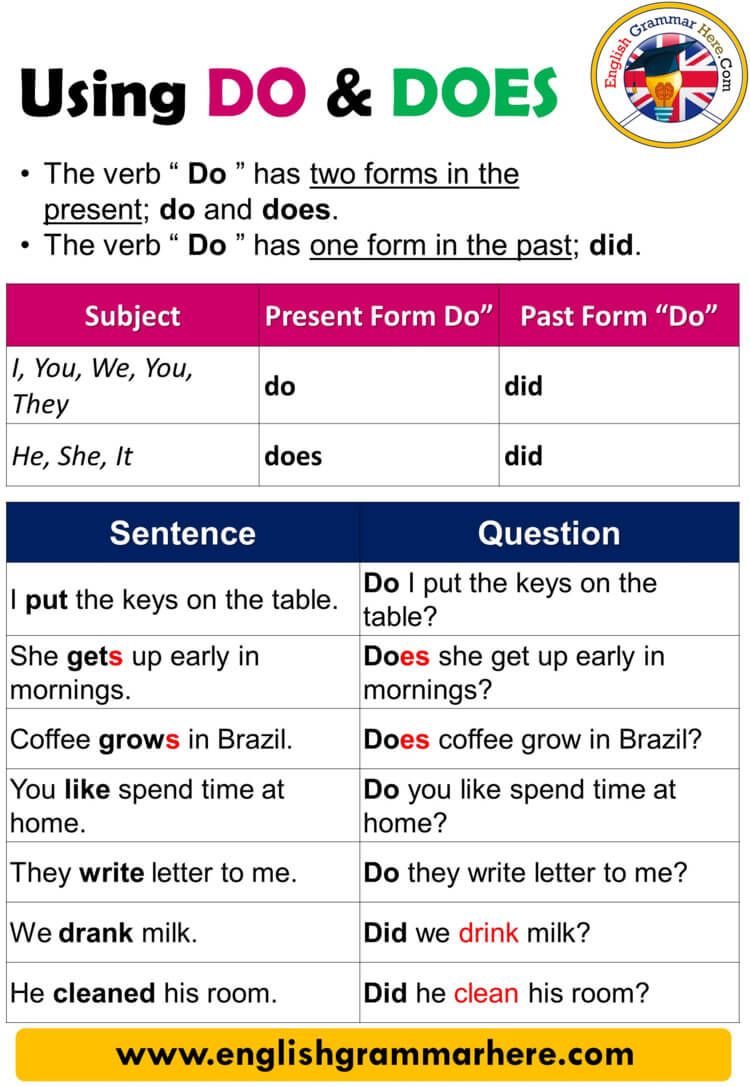What Education Is Needed to Become a Football Player: Your Complete Pathway
Overview: The Education You Need to Become a Football Player
To play professional American football, there is no required college degree. However, to be eligible for the NFL Draft, players must be at least three years out of high school, which effectively means earning a high school diploma or equivalent and spending time developing at the college level [1] . Most prospects follow the NCAA college pathway, where academic eligibility rules govern who can play and practice [1] .
Core Eligibility: From High School to the NFL
NFL eligibility focuses on time since high school graduation, not a specific degree. The widely cited rule is that a player must be three years removed from high school to enter the draft; in practice, most players develop in college programs during that period [1] . While some media and industry sites suggest that college is functionally essential due to scouting and development, the formal requirement is the three-year waiting period after high school [1] .
NCAA academic eligibility typically determines whether you can compete at the college level (the main pipeline to the NFL). To play NCAA Division I or II in your first year, you must graduate high school and complete specified core courses in English, math, science, social science, and additional areas like foreign language or philosophy; you must also meet minimum GPA and standardized testing benchmarks set by the NCAA Eligibility Center [1] . These academic rules are what most players navigate on their way to the pros.

Source: brookings.edu
High School: Building Your Academic and Athletic Foundation
What to study and complete : Focus on meeting high school graduation requirements and the NCAA’s core course expectations, including multiple years of English, math (algebra and above), natural or physical science with lab, social science, and additional academic electives like foreign language or philosophy that count toward NCAA eligibility [1] . Ask your guidance counselor to confirm which classes at your school are approved as NCAA core courses and keep copies of your syllabi and transcripts organized.
Real-world example : A varsity safety aiming for Division I ensures junior-year math is at least Algebra II (or higher), enrolls in lab-based biology and chemistry to meet science requirements, and takes a second language for two consecutive years. This alignment supports both graduation and NCAA eligibility reviews [1] .
Step-by-step actions :
- Meet with your school counselor by 9th grade to map NCAA-approved core courses for all four years.
- Track your semester grades and target a GPA that provides a buffer above minimum standards.
- Use study halls, tutoring, and teacher office hours to keep eligibility secure during the season.
- Document everything: unofficial transcripts each term, test score reports, and course lists.
Challenges and solutions : Balancing practice, travel, and academics can strain time. A weekly schedule with fixed study blocks, early assignment planning, and proactive communication with teachers can keep you on track. If a class becomes a risk, ask about extra credit or tutoring options early rather than late.
College Pathway: Staying Eligible and Preparing for the Pros
Why college matters : College football offers advanced coaching, strength programs, playbook complexity, and national exposure-key ingredients for development and scouting. While the NFL does not mandate a degree, the three-year post-high school rule means most prospects spend multiple seasons at the college level [1] .
Academic strategy : Choose majors and courses that fit your interests and schedule while meeting team and institutional expectations. Many athletes find value in kinesiology, business, communications, or sport management to build skills for life after football. General education courses that strengthen critical thinking, writing, and leadership can also support on-field learning and future career options. Although not required by the NFL, this background can be beneficial for playbook comprehension, film study, and long-term planning [1] .
Example : A linebacker majoring in communications learns film analysis techniques in media classes and applies presentation skills to defensive install meetings. That same player explores internships in sports media during off-seasons, creating alternative career avenues without overloading in-season schedules.
Maintaining eligibility : You may need to meet credit progress, GPA minimums, and full-time enrollment standards to remain eligible to compete and practice under NCAA and institutional rules. Teams often provide academic support centers, mandatory study halls, and tutoring services. Use them proactively to stabilize your workload during peak competition weeks [1] .
Challenges and solutions : Travel games and late practices complicate assignment deadlines. Ask professors for syllabi early, front-load major projects before road trips, and coordinate with athletic academic advisors for testing accommodations when permissible.

Source: sohailshoukat31.github.io
Declaring for the NFL: Timing and Options
Typical timeline : Players normally exhaust college eligibility across four seasons and then enter the NFL Draft. Some petition to enter early if they meet the three-year post-high school requirement; they may complete degrees later or forgo them entirely, which is permitted under NFL rules [1] .
Practical considerations : Before declaring, evaluate draft stock with your college coaching staff and permitted advisory resources. Consider injury risk, depth charts, and your academic standing. Many players who leave early later return in off-seasons to finish a degree, which can support post-playing careers in coaching, business, or media.
Alternative Pathways and Realities
Non-traditional routes : While the standard route is high school to NCAA to NFL, there have been rare cases of players entering without extensive college competition. However, the predominant route remains college ball because it provides elite development, evaluation, and visibility aligned with the NFL eligibility window [1] . Prospects seeking alternatives could consider junior college programs, which can offer a bridge to Division I or II opportunities while fulfilling academic requirements.
International athletes : International prospects may meet the three-years-post-high-school threshold without traditional NCAA participation. Still, many benefit from U.S. college programs or established development leagues to gain comparable competition and exposure before pursuing the draft [1] .
Action Plan: Step-by-Step to Stay on Track
High school (Years 1-4) :
- Confirm NCAA core courses with your counselor; plan four-year course progression.
- Keep a strong GPA; schedule tutoring during season.
- Track transcripts and test scores; keep documentation organized for eligibility review.
- Join strength and conditioning, and seek skill development camps that fit your academic calendar.
Early college (Year 1-2) :
- Meet academic advisors; map degree plan around in-season demands.
- Use study halls and tutors; schedule labs and writing-heavy courses in off-season terms when possible.
- Maintain progress-toward-degree and GPA requirements to compete.
Later college (Year 3+) :
- Evaluate draft readiness against the three-year post-high school eligibility rule.
- If considering early entry, discuss with coaches and permitted advisory contacts.
- If staying, complete upper-division credits and explore internships in off-seasons.
If uncertain about requirements : Contact your school’s athletic department academic services or your high school counselor and ask specifically about NCAA core courses, graduation planning, and standardized test alignment. When seeking official policy information online, search for the “NCAA Eligibility Center” through official NCAA channels, review current core-course lists, and verify any GPA/test sliding scales published by the NCAA. If you cannot confirm a website’s authenticity, call your school counseling office for verification and ask for the official NCAA contact process.
Smart Course Choices: What Helps Most
Beneficial academics : Courses in statistics, psychology, and leadership can sharpen film-study insights, mindset, and communication in the huddle. Writing and public speaking help with media, NIL communication, and playbook presentations. While not mandated, these studies can directly support performance and future opportunities. Some players also find value in business and entrepreneurship courses to navigate personal finance and brand-building post-career [1] .
Example : A wide receiver pairs a sport management major with business electives (accounting, marketing). In-season, he spaces heavier coursework across summer sessions; off-season, he completes internships with athletic departments to understand operations and networking-useful whether he makes a roster or transitions into management after football.
Key Takeaways
Becoming a professional football player does not require a specific college degree, but it does require time and academic progress since high school: the NFL draft is open to players who are at least three years removed from high school graduation, and most prospects follow NCAA routes that demand core courses and GPA/test standards to remain eligible [1] . By planning core courses early, maintaining eligibility, and choosing classes that build communication, leadership, and analytical skills, you can strengthen both your on-field development and your long-term career options.
References
[1] Chron (n.d.). What Education Is Needed to Become a Professional Football Player?



